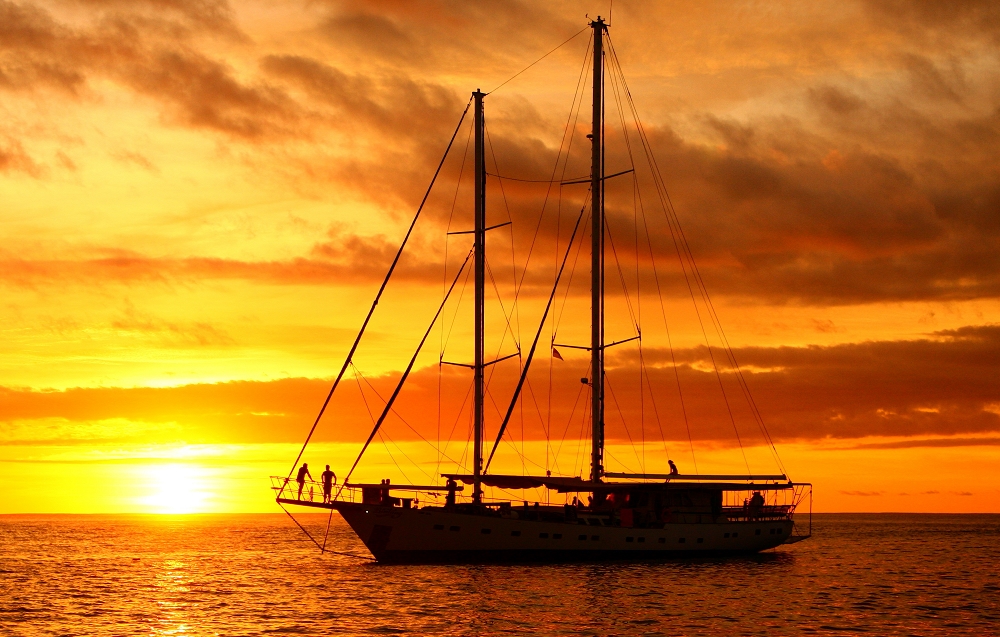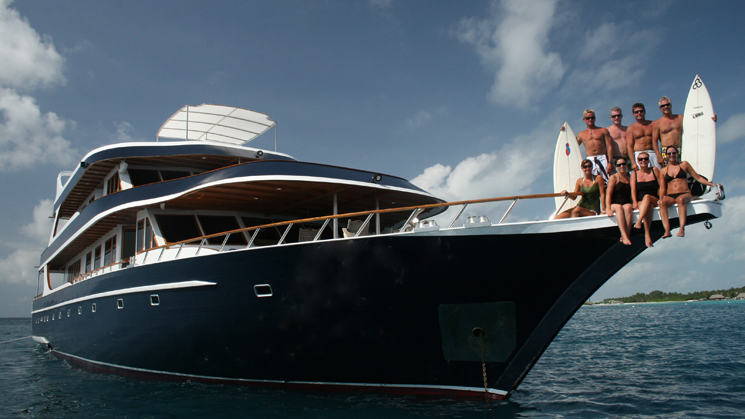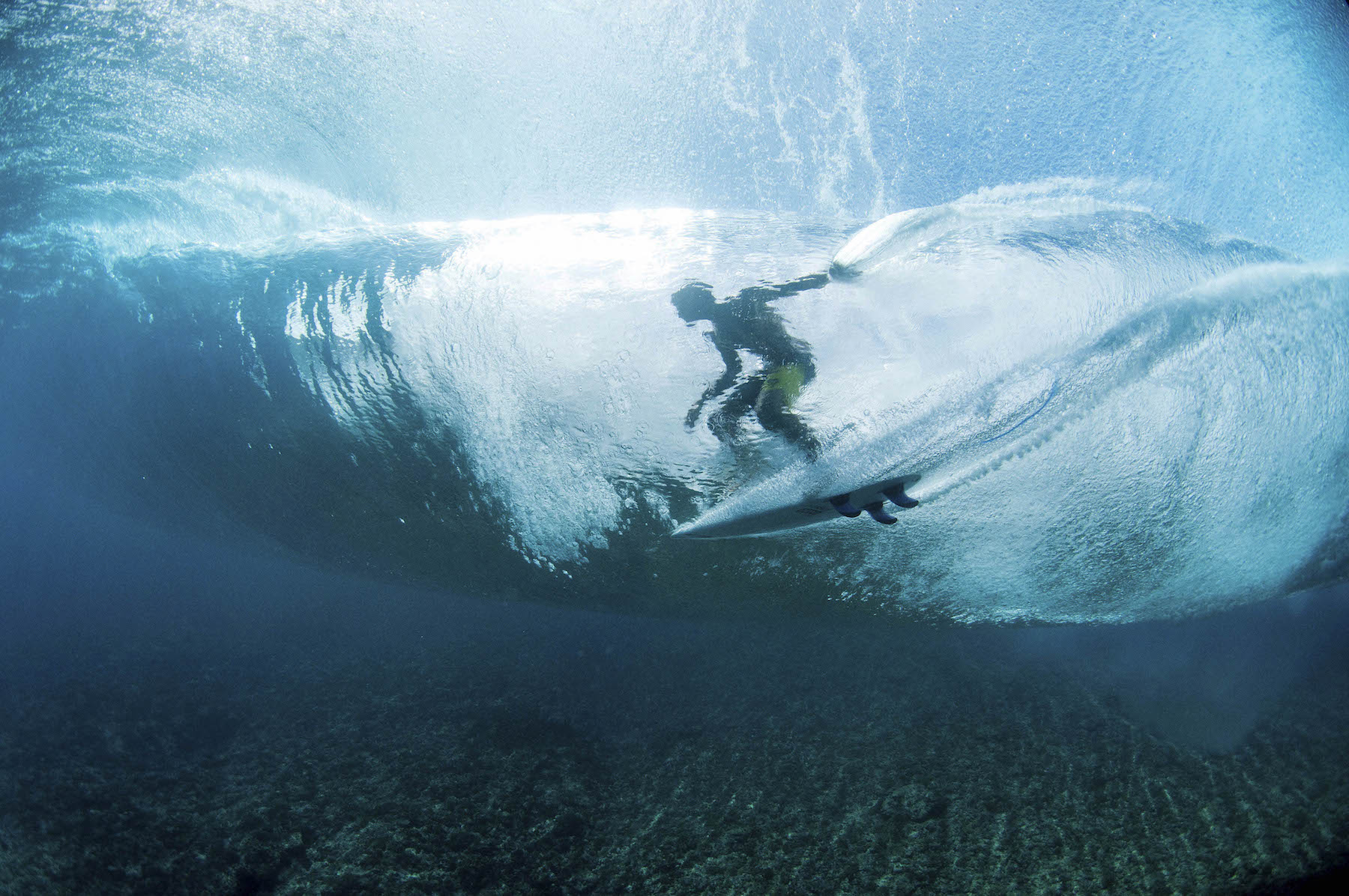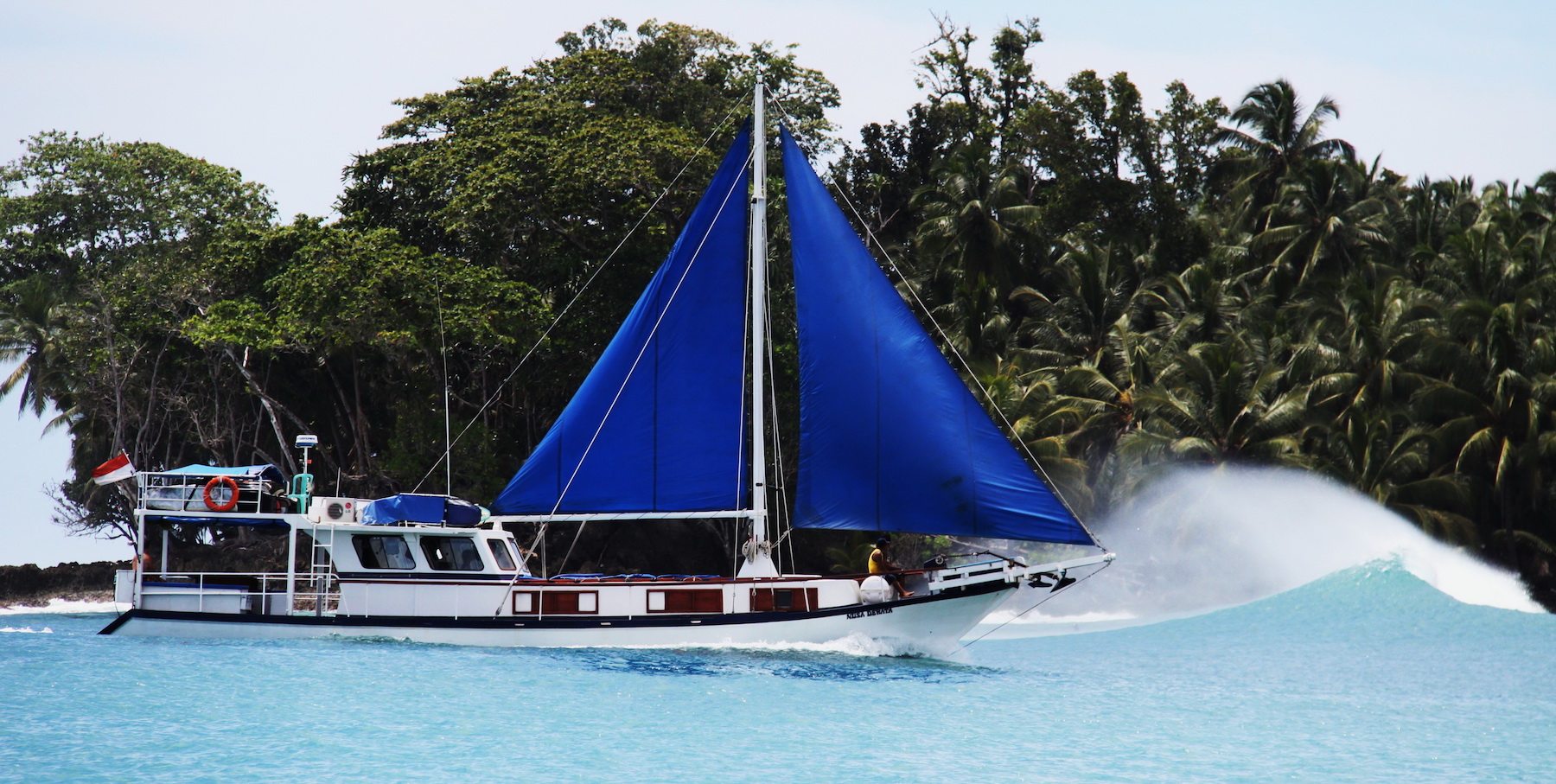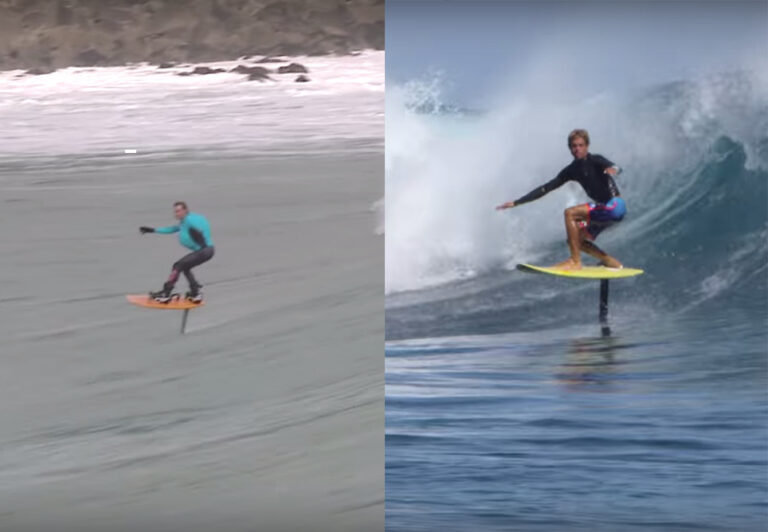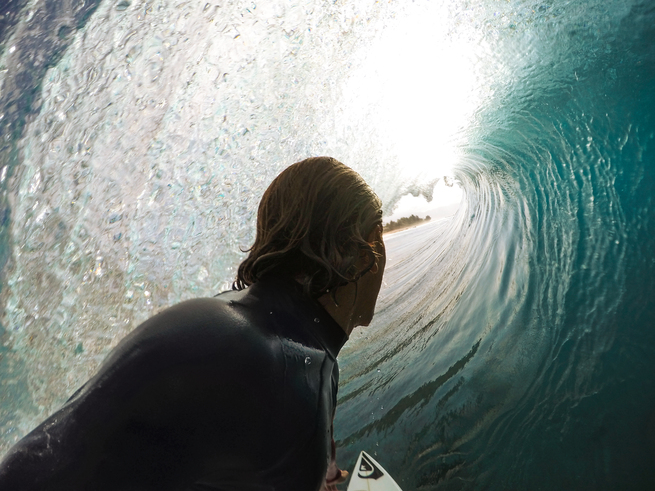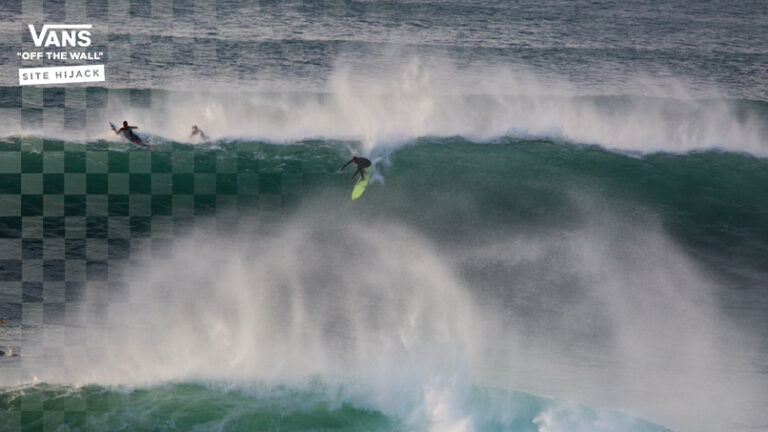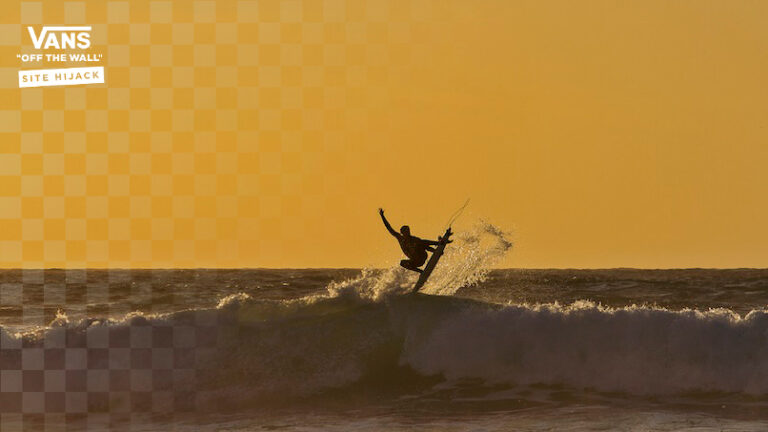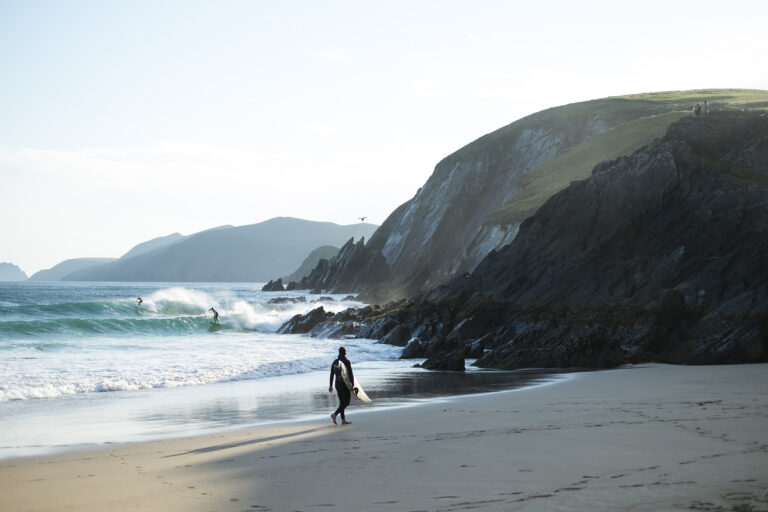“I’m on a boat! I’m on a boat! Everybody look at me ‘cos I’m sailin’ on a boat!”
Setting aside the lyrical genius of The Lonely Island for just a moment, there’s one thing (and probably only one thing) that most surfers agree on: boat trips rule! I’m sure there are better things in life than cruising the tropical waters of the Maldives or the Mentawais, surfing barrelling perfection by day and sipping sun-downer bintangs by night, but for the life of me I can’t think of any right now.
Maybe a night on a deserted island with Alana Bla… Nah, that’d still be better on a boat.
Yup, the boat trip is the absolute pinnacle of surf travel dreams, but lest your dream trip should become a nightmare, there are some things you need to get right. Here are 5 factors to picking a boat trip, courtesy of the experts at LUEX.
Cover photo: © Bintang
1. Your Crew
The group you travel with can make or break a boat trip – when you’re floating around on the high seas, there isn’t much opportunity to get some alone time if someone’s being a tool. You should be aiming to get a homogenous and like-minded group together, in terms of surfing ability and ambitions, standards of living, partying appetites, activity levels, etc. You don’t want to have to motor past that pumping reef break as everyone else just wants mellow beach break slop, or to miss your morning session as ‘the lads’ kept you awake drinking tequila all night.

